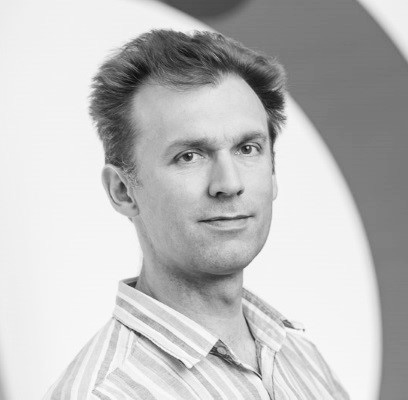How to overcome four major obstacles to healthcare innovation
on LinkedIn:
The world has become information rich and hyper connected, but the promised benefits of integrating our 21st century technology into healthcare have not yet been fully realised. Innovation in some healthcare sectors is rightly perceived from the outside, to reflect a bi-gone era; lacking the pace of change in other global markets. Risk aversion, large vested interests, healthcare funding constraints, the high cost of innovating and the need for a strong evidence base all contribute to sluggish progress.
However, at the macro level the vision is being built, but rigid market structures and varying levels of cynicism toward the profitability of new paradigms often hold back progress.
To justify investment in strategic innovation in any market requires evidence and vision to ensure everyone in an organisation is practically and emotionally invested in the innovation journey.
In healthcare, the following four unique obstacles exist when generating evidence to support investment decisions in tomorrow’s products and services:
1. Stakeholder Pull
Patients are not the same as consumers, and they are not the only stakeholders involved in healthcare innovation; healthcare professionals, technicians, hospital administrators and payers are all key stakeholders whose needs must be equally understood.
If a solution that delivers broad value is to be found, first a multi-stakeholder ‘Research for Innovation’ exercise must identify, examine and clarify which opportunities are a priority. They then can be addressed without further complicating existing clinical workflows while integrating smoothly within care pathways which often differ across geographies. Ultimately, a new innovation requires hard evidence of how it will reduce costs and improve patient outcomes which can be generated in multiple ways; via literature searches, health economic modelling and clinical trials.
2. Regulatory Viability
Unlike other sectors new ideas are often constrained by regulatory viability or clinical trial challenges. However, paradoxically innovation often thrives where there are most constraints and regulations can be an enabler if the right mind-set is adopted.
The regulator should be considered as another stakeholder whose needs must be understood and met alongside others within the innovation ecosystem, thereby feeding into the innovation opportunity.
3. Business Viability
Medical device manufacture must be profitable in the face of high development and industrialisation costs. Economics vary widely, from the reimbursement models we find in US and Europe to the cost-minimised, functionally optimised solutions for low resource settings. The latter that can sometimes surprisingly outshine more established, market leading products.
It is essential that potential innovations are categorised within the context of the care pathways, money and resource flows which shape healthcare today.
4. Technical Feasibility
Many medical devices exploit new technology and anything that interfaces with the human body or complex drugs involves a large degree of uncertainty at the start of the innovation journey. It is essential these uncertainties are recognised and addressed to prove feasibility.
This process may include technology scouting, road mapping, platforming & future-proofing, IP analysis and physiological and first principles modelling as well as in-vitro testing to optimise core technology. Ingenious routes to in-vivo testing can often shortcut the development cycle too.
However the evidence created in these four categories, while essential to making innovation happen, does not create the future alone.
This whole process relies on a common vision to define what is as yet unknown, but could be. This captivates hearts and has the power to open minds to the potential future, generating the momentum and enthusiasm required to realise tomorrow’s healthcare innovations.

Lucy Sheldon
Senior Consultant Human Factors Engineer

James Baker
Partner